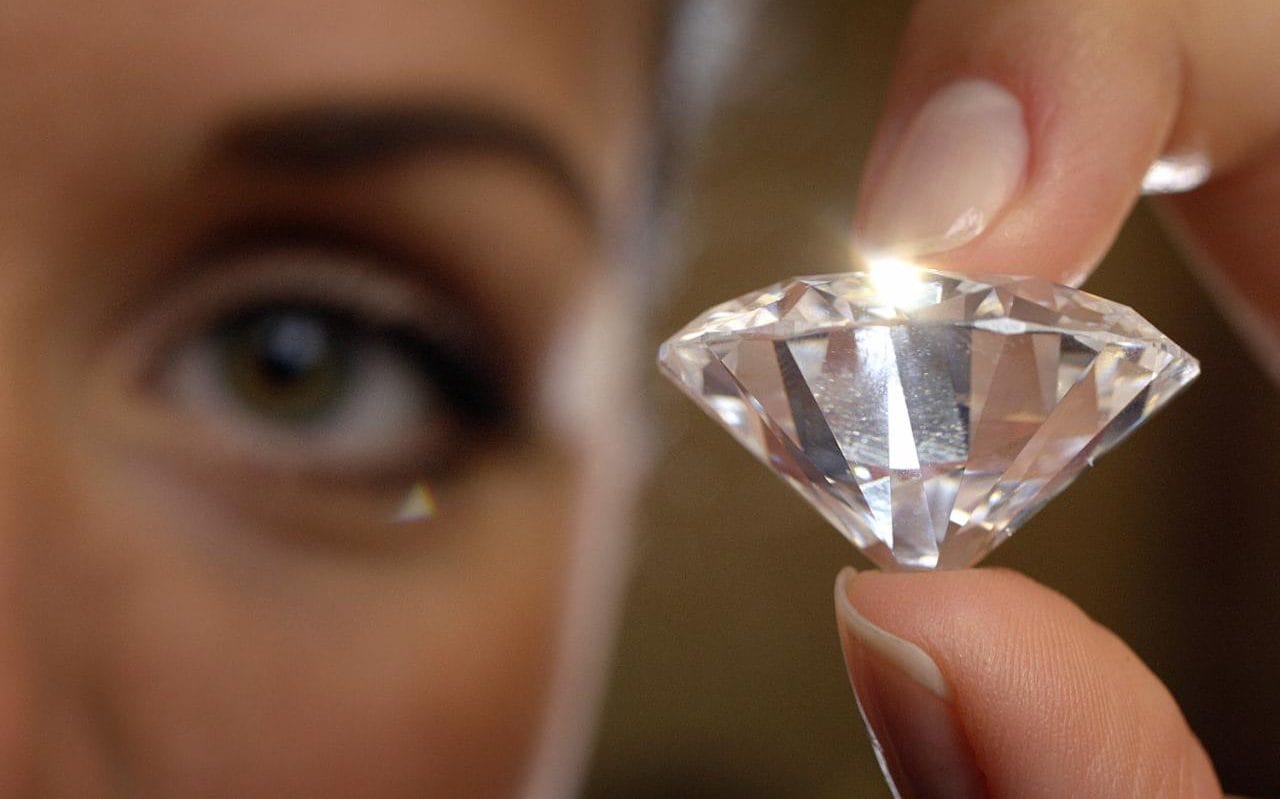It's no secret that people have been gaining awareness to the trend of artificially created diamonds. First in the U.S., now here in Metro Manila. Lab-grown diamonds have the same essential carbon-composition and isometric structure as natural diamond, but they are products of factories rather than mined from the earth.

What does this mean for people who are looking for a diamond to use during their proposals? Getting married to the love of your life is a once in a lifetime event, and the marketing behind the diamond trade centers around diamond's traits and rarity for being a symbol of everlasting commitment.

What does this mean for people who are looking for a diamond to use during their proposals? Getting married to the love of your life is a once in a lifetime event, and the marketing behind the diamond trade centers around diamond's traits and rarity for being a symbol of everlasting commitment.

A diamond is a diamond, and lab-grown stones have the same hardness and brilliance as their natural counterparts, so if you're worried somebody will come up and say "Ah, that diamond is lab-grown", there is virtually no possibility of that happening (unless they already know, or are bluffing, or your diamond is much older type of HPHT stone with metallic inclusions). The latest lab-grown diamond synthesis method- CVD growth, can create diamonds with or without tiny inclusions, but their products are almost always non-diagnostic to make a separation between natural and lab-grown. You would need advanced spectrometers, like the ones we have here at Gemcamp for proper testing. Normal thermal or electric conductivity testers (DIY diamond testers) will not help with this specific separation.

Going back to the topic, a diamond is usually purchased not just because of its physical beauty, but also because of its rarity and investment value. These two things are very tricky issues to consider when considering to purchase a lab-grown stone. Although we as a laboratory are neither in favor nor in resistance to the usage of lab-grown diamonds as proposal gemstones, in terms of rarity- the technology to produce lab-grown diamonds is (and will continue) to become more accessible and affordable in the future, thereby allowing more people to create man-made diamonds which may possibly affect how their prices will fare over time. In the 1800's, lab-grown ruby and lab-grown sapphire were first created by August Verneuil (a french chemist). Today, you can find these lab-grown gemstones for a a few dollars per carat at most marketplaces. Some retailers may sell them for 100 or so dollars per stone with proper marketing. These stones have the same physical beauty as natural rubies and sapphires, but the only difference is that they were made by human beings, so why are their prices so different? Well, they're not rare anymore. People from all over the world are now creating rubies and sapphires on the commercial-scale, and this supplies the demand for cheaper, costume jewelry.

We're not commenting that we know the future of diamond and man-made diamond prices, or the relationships between them. We're simply giving you a look into this fast-changing topic of interest. Supply and demand, the popularity of lab-grown diamonds is rising, but the number of suppliers worldwide is also rising with the continuing ease of their creation technology. It's up to the buyer whether he is for- or against- investing in a lab-grown diamond. They are after all, still very beautiful products. They are as hard and as brilliant as natural diamonds. These symbolical characteristics are important for the idea of marriages and proposals. If you're looking to use a diamond because of these traits, then a lab-grown stone will not be any different. Then again, if you're looking to use a diamond because of its story- like how this rare stone was mined out from deep beneath the earth, or how it formed millions of years before you were both born- then maybe you should go for a natural stone. In the end, it is an issue of interest, divided by many diverse opinions. Some people don't even use diamonds at all. Princess Diana's main engagement stone was a marvelous blue sapphire that captivated the entire world with its vivid blue hue.
Note that the current prices of natural diamonds are also higher than the prices of lab-grown stones. This may be a factor in your selection process as well. Natural diamonds have been around for a long time, but man-made diamonds are a relatively newer class of product.
Feel obliged to ask us more about lab-grown stones during your appointment sessions.